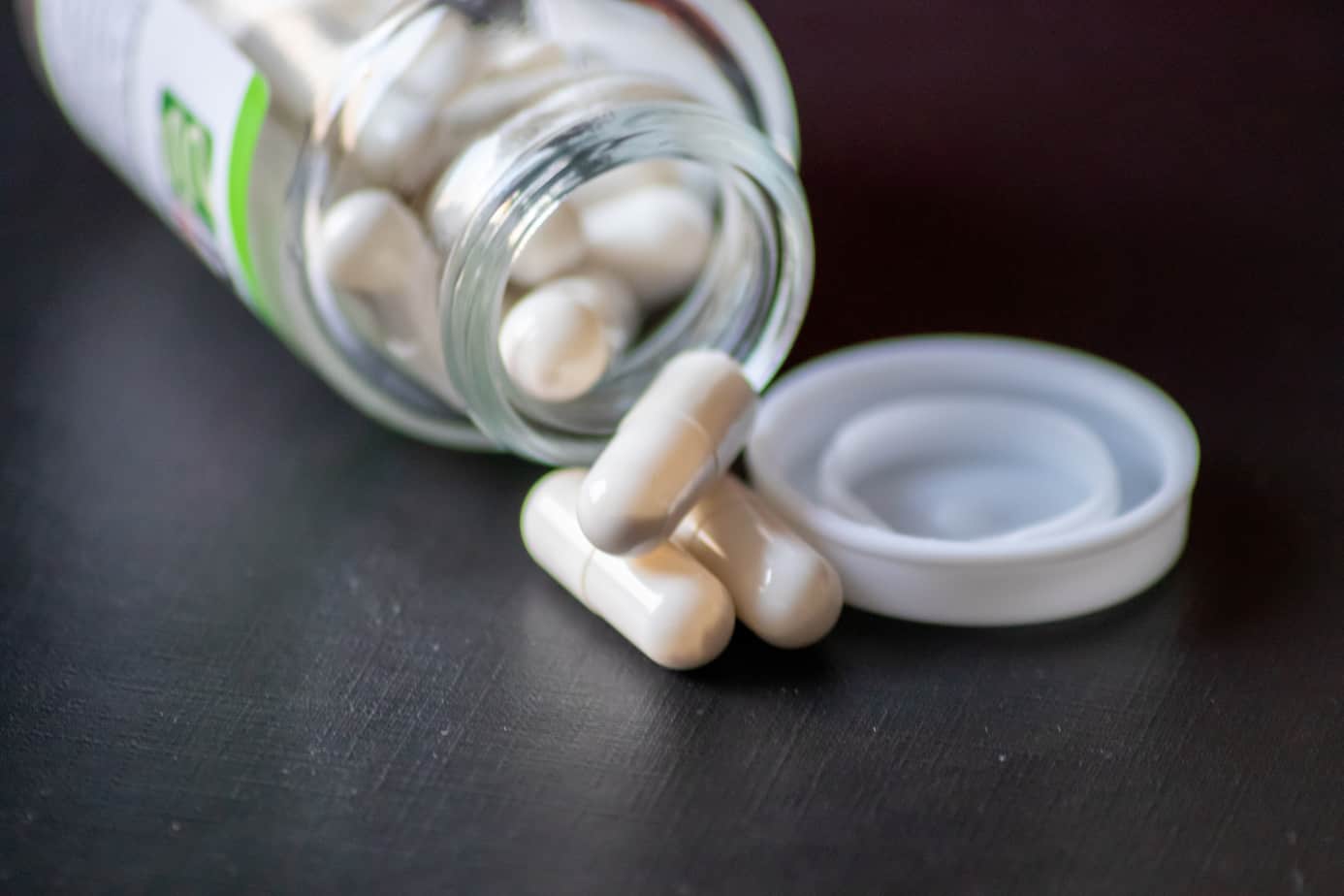Medication-assisted treatment (MAT) is a highly effective approach to treating substance use disorders. It combines the use of medications with counseling and behavioral therapies to provide a comprehensive and individualized approach to recovery. Below, we will explore the benefits, eligibility criteria, and different medications used in MAT, including ketamine, buprenorphine, naltrexone, and methadone.
Understanding Medication-Assisted Treatment (MAT)
MAT is a “whole-patient” approach to treating substance use disorders, as defined by the Substance Abuse and Mental Health Services Administration (SAMHSA). Research has shown that combining medication with therapy can successfully treat addiction, helping individuals sustain their recovery. While medication manages the physical aspects of addiction, counseling, and support services help individuals understand and address the underlying issues contributing to their substance use disorder.
MAT can be administered on an outpatient basis or in a supervised clinical setting. Treatment duration can range from short-term to long-term maintenance depending on the individual’s needs. The primary goal of MAT is to first address dependence, followed by controlling addiction and alcohol and drug cravings.
The Role of Medications in MAT
Several medications have been approved by the Food and Drug Administration (FDA) for use in medication-assisted treatment. These medications work by targeting the brain’s opioid receptors, reducing cravings, and managing withdrawal symptoms. Let’s explore the different medications used in MAT.
Buprenorphine
Buprenorphine is a partial opioid agonist. It attaches to and activates the opioid receptors in the brain just like full opioid agonists such as heroin, fentanyl, and prescription painkillers, but buprenorphine gives only a partial, much less dramatic effect. There is a “ceiling effect” with buprenorphine whereby reactions level off even if doses increase. Because this medication does not create euphoria, there is less risk of misuse, dependency, and overdose, making buprenorphine an effective way to reduce opioid cravings.
Buprenorphine is available under the brand names Subutex, Suboxone, and Sublocade.
- Subutex contains buprenorphine as the active ingredient. This medication is taken sublingually under the tongue once a day. There is a higher potential for abuse with Subutex.
- Suboxone is a combination of buprenorphine and naloxone which is available as pills or filmstrips. Naloxone is an opioid antagonist, which binds and blocks opioid receptors and is added to prevent misuse.
- Sublocade is an injection containing buprenorphine taken once a month and administered subcutaneously (under the skin) into the abdomen. Doing so, allows the buprenorphine to slowly and safely be released into the bloodstream.
Naltrexone
Naltrexone is an opioid antagonist that blocks the activation of opioid receptors in the brain. Unlike buprenorphine, it does not control withdrawal or cravings. Instead, it prevents opioids from producing euphoria or a “high.” Naltrexone is used to treat both opioid and alcohol use disorders. To start naltrexone treatment, individuals must go through medically managed withdrawal and be opioid-free for seven to ten days to avoid severe withdrawal symptoms. When naltrexone is used for alcohol use disorder (AUD), patients should be detoxed; however, the body does not have to be alcohol-free for a week or more.
It is also important to note that naltrexone should not be used in conjunction with opioid-like substances, such as kratom, or painful withdrawal symptoms could occur. Naltrexone is available in pill form, with brand names such as ReVia® and Depade®, or as an extended-release injectable called Vivitrol®. The injectable form is administered monthly and provides continuous medication coverage.
Disulfiram
Disulfiram is an alcohol sensitizing agent sold under the brand name Antabuse normally taken once a day in pill form. This medication limits the risk of relapse and deters you from drinking altogether. By interfering with the alcohol breakdown process in your liver, disulfiram creates an upsurge of acetaldehyde, which is toxic to the body and leads to unpleasant side effects. When you drink even a small amount of alcohol while taking disulfiram, you will experience an adverse reaction. This can include sweating, anxiety, trouble breathing, weakness, blurry vision, headaches, itching, and nausea.
Acamprosate
Acamprosate, also sold under the brand name Campral, is a medication that supports the treatment of alcohol use disorder. When you drink, alcohol decreases the excitatory neurotransmitter glutamate, causing a sedative effect. After quitting alcohol, your nervous system becomes hyperactive with an abundance of glutamate, and you may crave alcohol again to calm down. Acamprosate works to restore brain chemical balance by increasing GABA levels in the brain which is a neurotransmitter that produces a calming effect on your body by blocking messages sent between nerve cells in your brain.
This drug decreases alcohol cravings but does not help with symptoms of alcohol withdrawal. Acamprosate is available as an oral tablet that is usually taken three times daily but depends based on the user. Some studies have shown that the combined use of acamprosate with naltrexone may produce better results for long-term alcohol abstinence than the use of any single medication alone.
Methadone
Methadone is a synthetic opioid that attaches to opioid receptors in the brain, similar to other opioids. However, it differs in that it produces a longer-lasting effect and reduces cravings without causing euphoria. Methadone is administered in specialty-regulated clinics on a daily basis and is effective in reducing relapse rates when used in a clinical setting.
It’s important to note that methadone itself can be addictive and lead to dependence. Therefore, it requires close supervision by a licensed professional.
What About Ketamine?
Ketamine, originally used as a dissociative anesthetic, has gained attention for its potential in treating substance use disorders. While not FDA-approved for this purpose, ketamine has shown promise in reducing cravings and withdrawal symptoms in individuals with opioid use disorder (OUD). Ketamine works by reducing the imbalance of chemicals in the brain that contribute to cravings.
It’s crucial to emphasize that ketamine should only be administered by a medical professional and not mixed with other medications without professional supervision. The safe and effective use of ketamine in combination with other medications requires expertise and should be done in a controlled environment.
Buprenorphine and Ketamine Used Together
Buprenorphine, while a very effective drug for opioid use disorder, can cause dependence over time and is not a “forever” medication. Buprenorphine should be a steppingstone to come off opioids completely; however, for some, this can be difficult. Some addiction specialists use ketamine as a way to “taper” off buprenorphine, to ease the drug withdrawal. With mounting evidence showing that ketamine can be used for conditions such as alcohol use disorder (AUD) and depression, it is a viable choice when ending buprenorphine use. However, very few addiction specialists are highly trained in using both medications therapeutically, and this combination should only be used under a doctor’s care, taking only the recommended dosages.
Using MAT Safely
The combination of buprenorphine and ketamine has been in the news as of December 2023, as both substances were found in actor Matthew Perry’s body following his death and subsequent postmortem. Unfortunately, one can only speculate as to the events that led up to Matthew Perry’s death, but it remains that both addiction-treating drugs were found in the actor’s system. The ketamine levels, however, were beyond therapeutic levels and were higher than a normal dose. This leads the public to believe that Perry was perhaps dosing himself with ketamine, which is very unsafe. All drugs and medications used in medication-assisted treatment should be administered by and their effects monitored by a medical professional.
When someone in recovery opts to use a substance, whether therapeutically- or self-guided, there is a risk, and this is an important point to discuss. Those who are “green” or “Cali” sober, who use marijuana but not other substances, run the risk of marijuana addiction. Similarly, one can develop dependence on buprenorphine, methadone, or ketamine over time.
With the exception of naltrexone, which does not commonly have “addictive” side effects, many drugs used in MAT are meant to be used temporarily. They may be used to ease cravings, withdrawals, and other conditions that arise in early sobriety. Using MAT drugs off-label or without the guidance of a medical professional can be incredibly dangerous, particularly if a person has underlying health conditions.
How Can You Begin Using Medication-Assisted Treatment?
Eligibility for MAT varies depending on the individual’s specific substance use disorder and treatment needs. Generally, individuals experiencing moderate-to-severe substance abuse disorder (SUD) for at least 12 months are eligible for MAT. Financial eligibility may also be determined based on income and expenses.
In general, medication-assisted treatment is not just medication; it is uncommon that medication alone can arrest substance abuse disorder. By definition, the pharmacotherapy of MAT is combined with addiction counseling or recovery coaching to help ensure sobriety and prevent relapse.
It’s important to consult with a licensed healthcare professional or program to determine if MAT is the appropriate treatment option for an individual’s specific circumstances. Some clients who are diagnosed with a substance abuse disorder may find recovery in support groups or in some other way – not everyone takes the same path in recovery.
The Benefits of Medication-Assisted Treatment
MAT offers several benefits for individuals seeking recovery from substance use disorders. These benefits include
- Reduced withdrawal symptoms: Medications used in MAT can alleviate the discomfort of withdrawal, making the recovery process more manageable.
- Improved recovery outcomes: Combining medication with therapy and counseling has been shown to improve overall recovery outcomes, leading to increased retention in treatment and reduced relapse rates.
- Enhanced quality of life: MAT helps individuals regain control over their lives, improving their overall health and well-being.
- Reduced risk of infectious diseases: MAT can reduce the risk of HIV and hepatitis infection by minimizing drug use and promoting a healthier lifestyle.
If you or a loved one is considering MAT, it’s essential to reach out to a local narcotic treatment center provider or an outreach, screening, assessment, and referral center in your region. These resources can guide you through the process of accessing MAT services and determine the most suitable treatment plan for your specific needs.
Remember, seeking professional help is crucial when it comes to medication-assisted treatment. A licensed healthcare professional can provide the necessary guidance and support to ensure a safe treatment in your sobriety journey.
If you or a loved one is struggling with addiction, Mountainside can help.
Click here or call (888) 833-4676 to speak with one of our addiction treatment experts.

 By
By 







